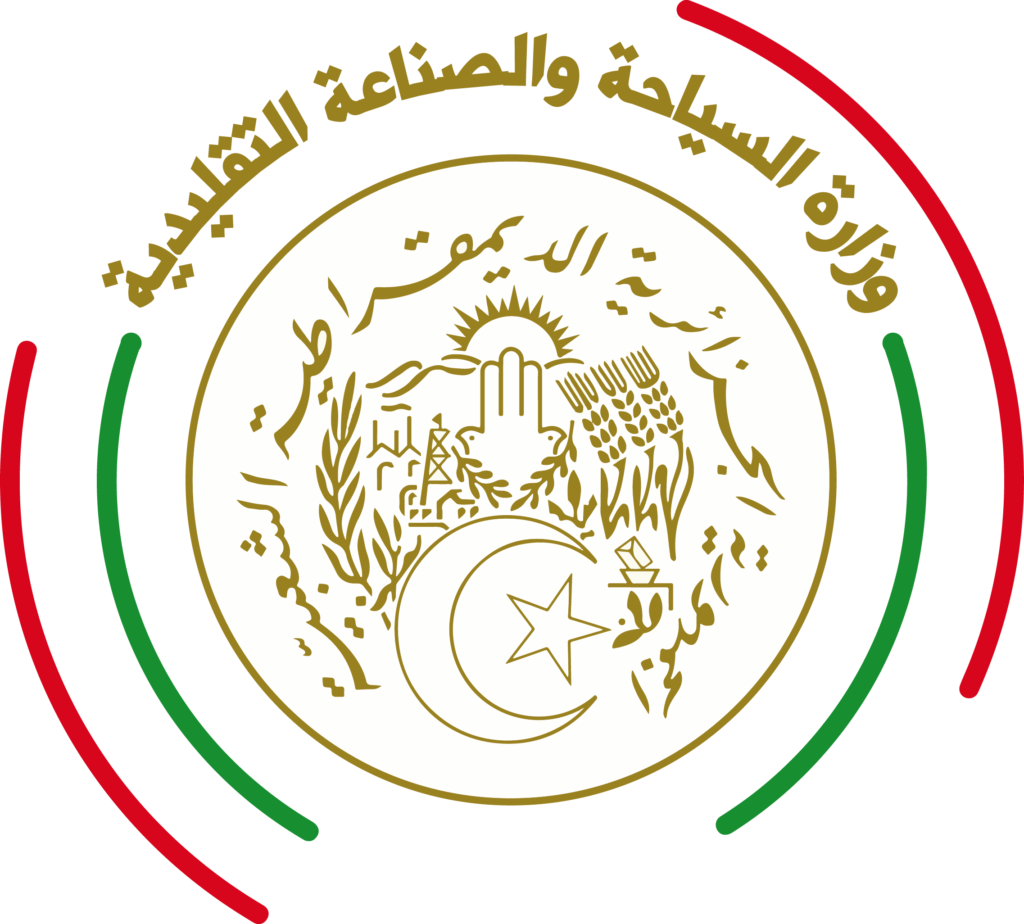Constantine – which in the year 2000 celebrated its 2500 years of history – and its agglomeration, count nearly a million inhabitants. Modern city and business center, it has kept many of its craft activities such as velvet embroidery, brassware, boiler, wood carving or pottery.
It is surprising by its configuration, built on two rocks connected by suspended bridges. Built on a rocky plateau torn by deep and narrow gorges dug by rivers, including Wadi Rhumel, Constantine enjoys a remarkable situation that has earned itall the battles. Around the fourth century BC, the Numidians lived in a city they called Sarim Batim and Kirtha. In the 2nd century AD, the city, which became “Cirta”, belongs to the Roman Empire. it turns against Rome in 311 AD but was severely punished by Maxence who destroys it. Emperor Constantine rebuilt it in 313 and then left it its name. From the fifth to the seventh century AD, Constantine successively passed into the hands of the Vandals, Byzantines and Arabs. From the sixteenth to the eighteenth century it was the Turkish who occupied the city and transformed it into a real capital. In the 1830s, the Constantinois opposed the arrival of the French who emerged victorious from the battle with a cannonade taking place on the current places of November 1 and the Martyrs.




